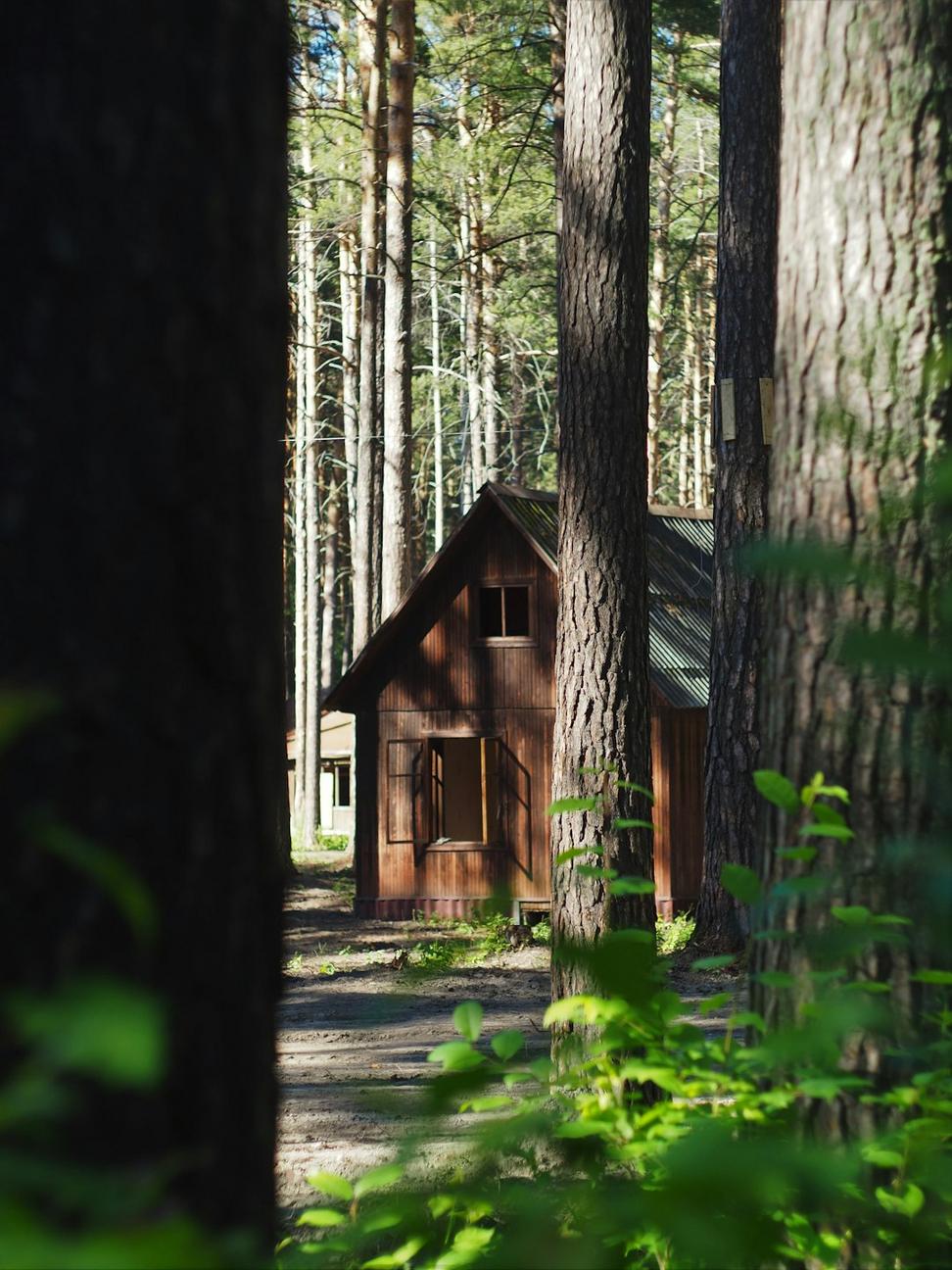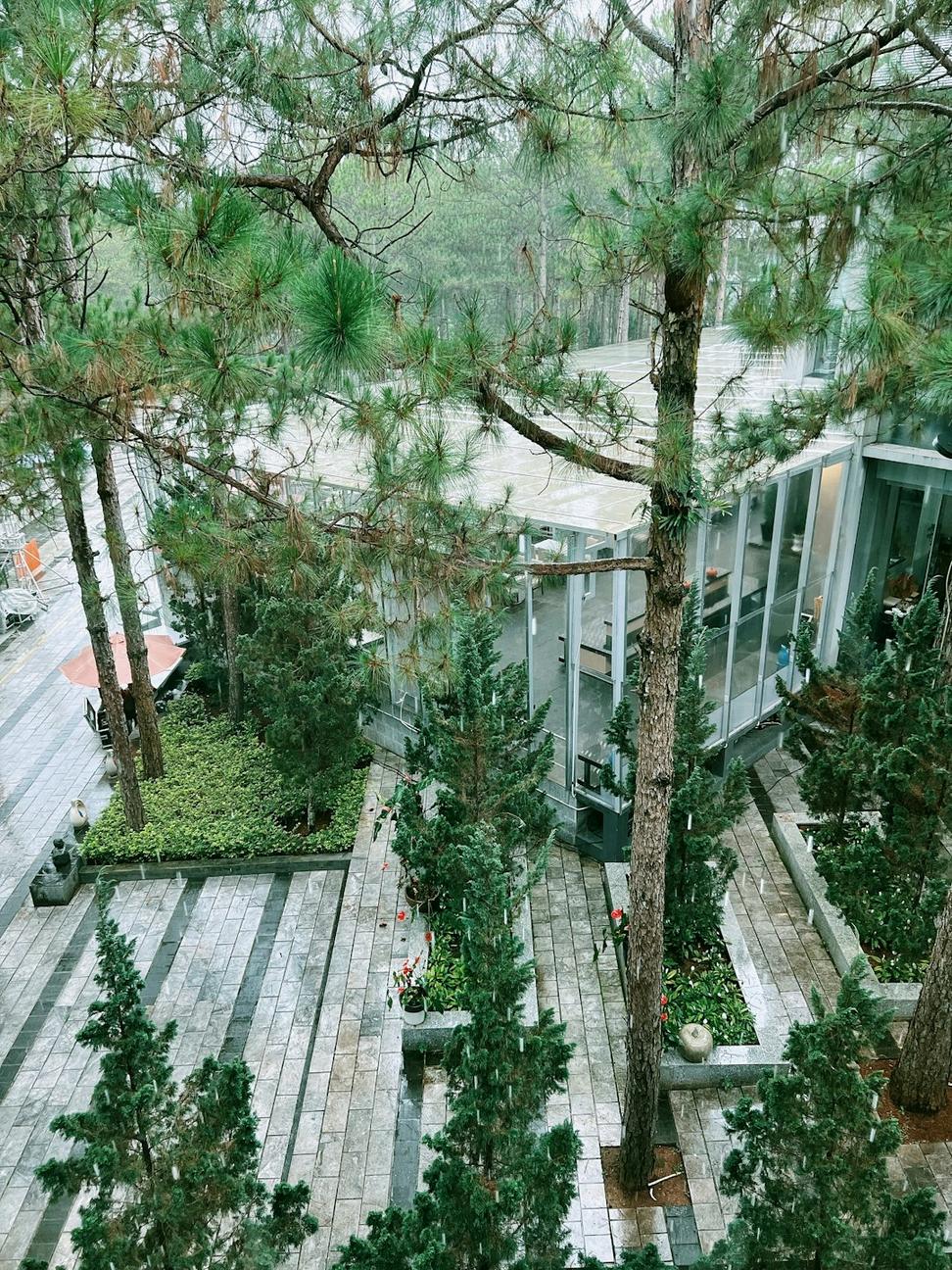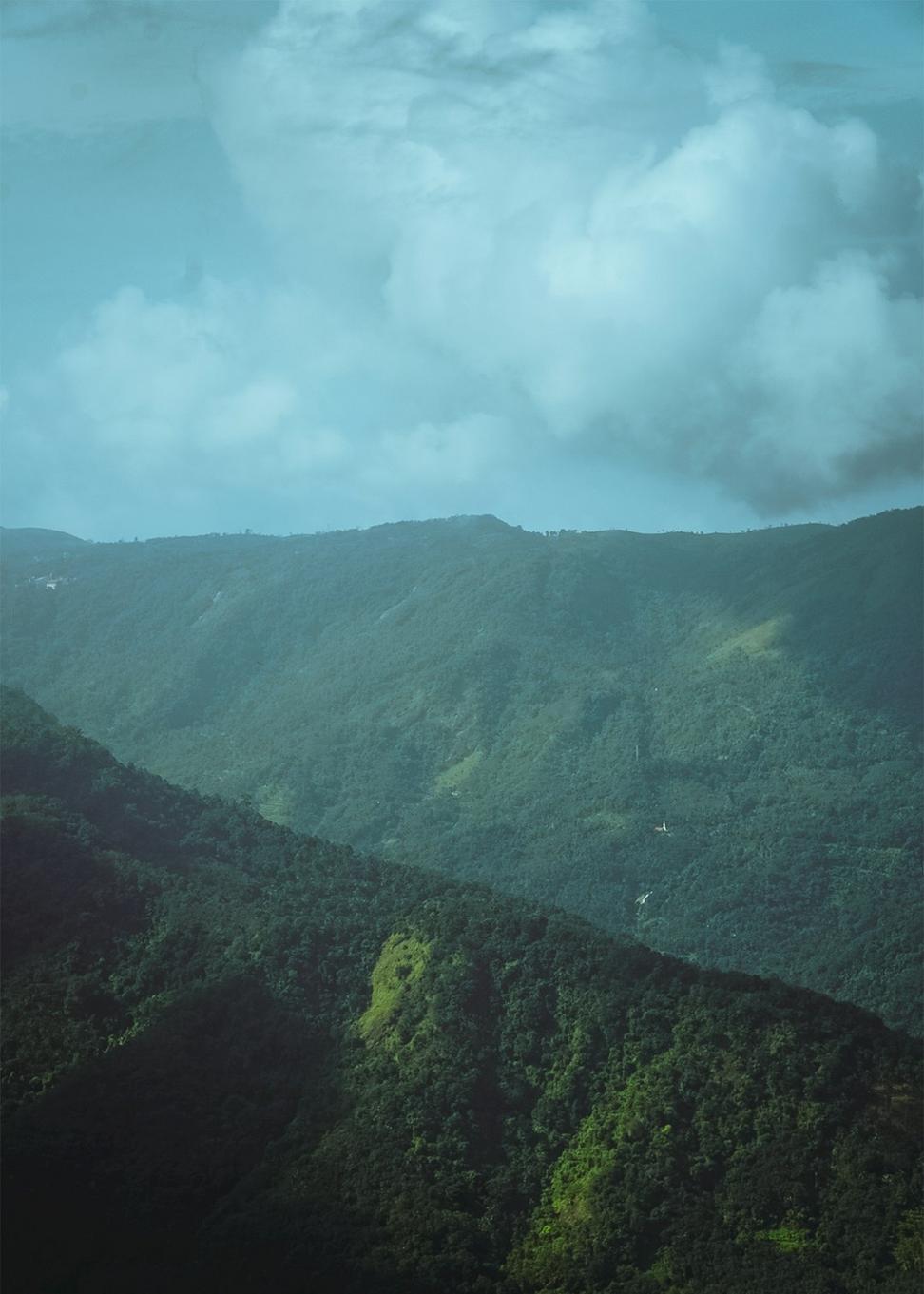
Yeah, we're a bit obsessed with getting this right
After spending 15 years watching adventure tourism developments trash the very landscapes they're supposed to celebrate, I started Tavrix with a simple idea—what if we actually gave a damn about leaving places better than we found 'em?
We work with materials that make sense for the location. No shipping marble to mountaintops or pretending concrete belongs in old-growth forests. Every project starts with understanding the land, the weather patterns, the wildlife corridors, and honestly... what the place is trying to tell us.

